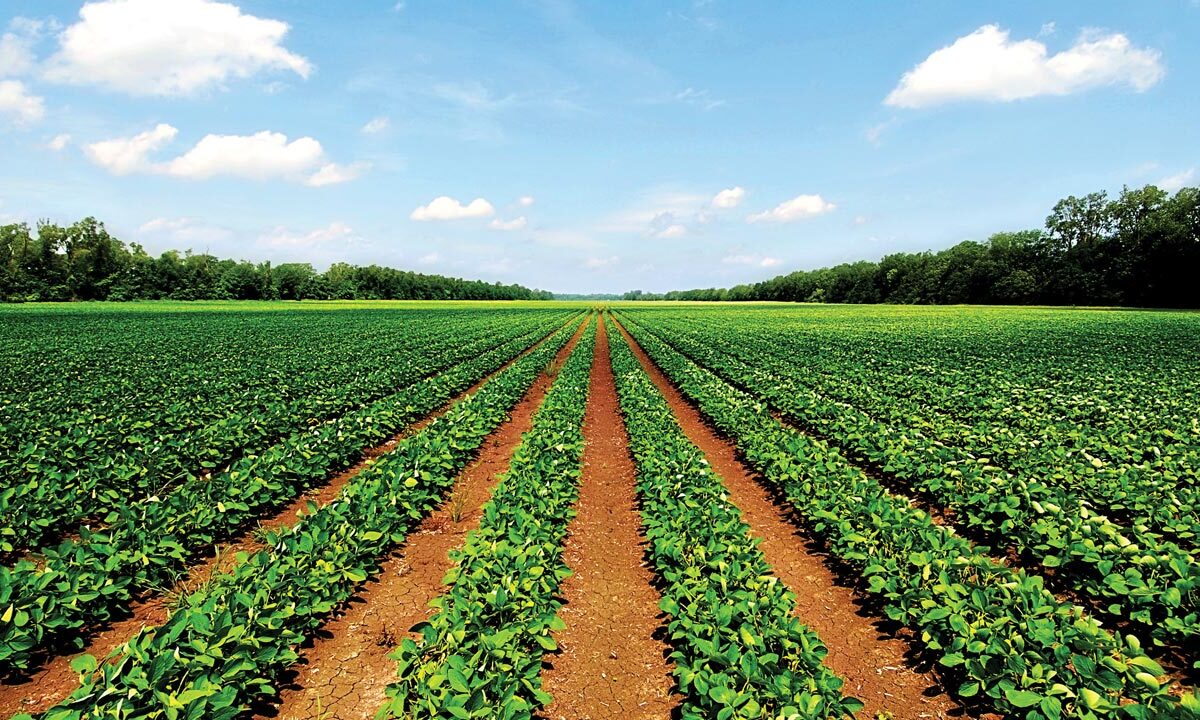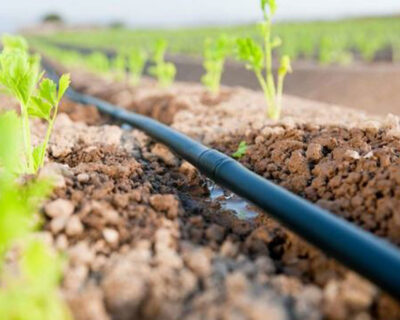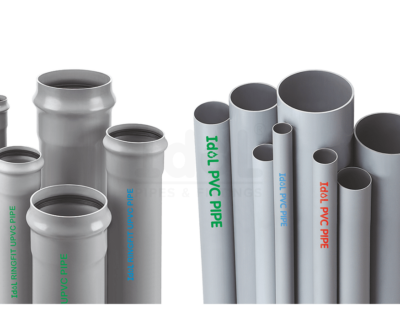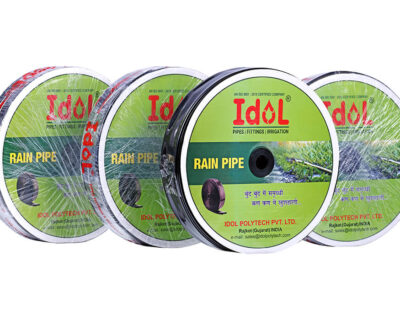Updates

Drip Irrigation in Nigeria: Water-Efficient Farming
Nigeria, with its diverse agricultural landscape, is facing numerous challenges in ensuring food security and sustainable agricultural practices. One key solution that holds immense potential is the implementation of drip irrigation systems. This article explores the benefits, challenges, and potential impact of drip irrigation in Nigeria, focusing on how this technology can cultivate sustainable growth and maximize water efficiency in agricultural practices.

Enhancing Water Efficiency:
Water scarcity is a significant issue in many parts of Nigeria, posing a threat to agricultural productivity. Drip irrigation offers a solution by optimizing water usage. Unlike traditional flood irrigation methods, which result in significant water loss through evaporation and runoff, drip irrigation delivers water directly to the plant roots in a controlled and precise manner. This targeted approach minimizes water wastage and ensures that each plant receives the optimal amount of water needed for growth.
Increased Crop Yield and Quality:
Drip irrigation provides plants with a consistent supply of water, which is vital for their growth and development. By maintaining optimal soil moisture levels, this irrigation method promotes healthier root systems, leading to increased crop yield and improved quality. Farmers can also customize the application of fertilizers and nutrients, delivering them directly to the root zone, further enhancing crop productivity and reducing nutrient loss.
Mitigating Soil Erosion and Weed Growth:
Traditional irrigation techniques often contribute to soil erosion and weed growth, which can be detrimental to crop health. Drip irrigation minimizes soil erosion by delivering water directly to the plant base, reducing the force of water impact on the soil surface. Additionally, the targeted application of water helps to suppress weed growth by limiting moisture availability for unwanted plants. This dual benefit leads to healthier soil conditions and reduced competition for resources among crops and weeds.
Adaptability to Challenging Terrains:
Nigeria’s agricultural landscape is diverse, encompassing regions with varying topography and soil types. Drip irrigation systems offer adaptability and versatility, making them suitable for different terrains, including sloping lands and uneven landscapes. By utilizing localized irrigation, farmers can overcome the challenges posed by uneven topography, ensuring efficient water distribution and irrigation across their fields.
Cost-Effectiveness and Resource Conservation:
While drip irrigation systems may require initial investment, they offer long-term cost savings and resource conservation. By optimizing water usage and reducing the need for manual labor, farmers can save on water bills and operational expenses. Moreover, drip irrigation conserves energy by eliminating the need for pumps or motors commonly associated with other irrigation methods. The efficient use of resources aligns with sustainable agricultural practices and promotes economic viability for farmers.
Conclusion:
Drip irrigation holds tremendous promise for Nigeria’s agricultural sector, addressing key challenges such as water scarcity, low crop productivity, and soil erosion. By implementing drip irrigation systems, farmers can cultivate sustainable growth, increase crop yield, and conserve water resources. It is crucial for the government, agricultural institutions, and stakeholders to promote awareness, provide training, and offer financial support to facilitate the widespread adoption of drip irrigation in Nigeria. Through this transformative irrigation method, Nigeria can pave the way for a more resilient and prosperous agricultural future.




